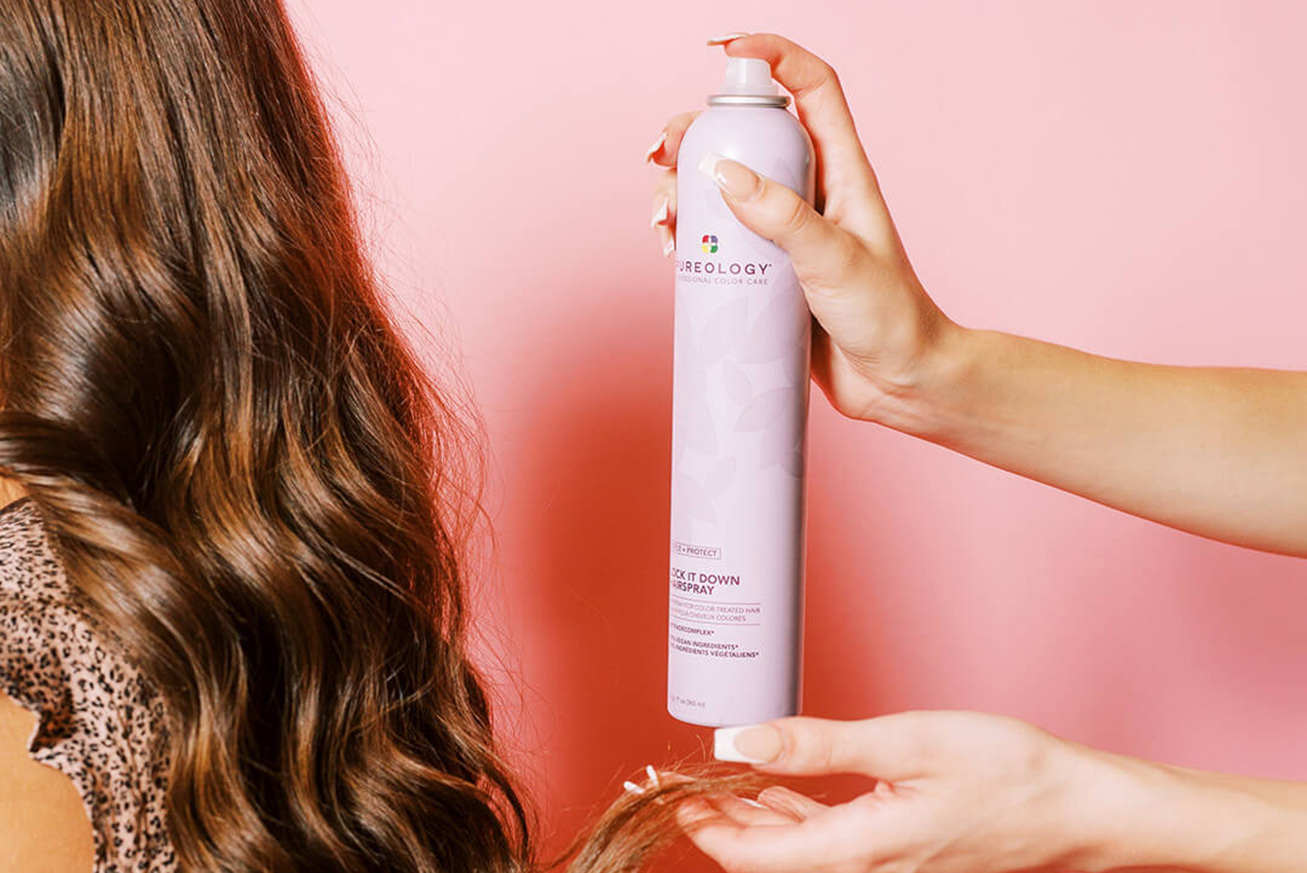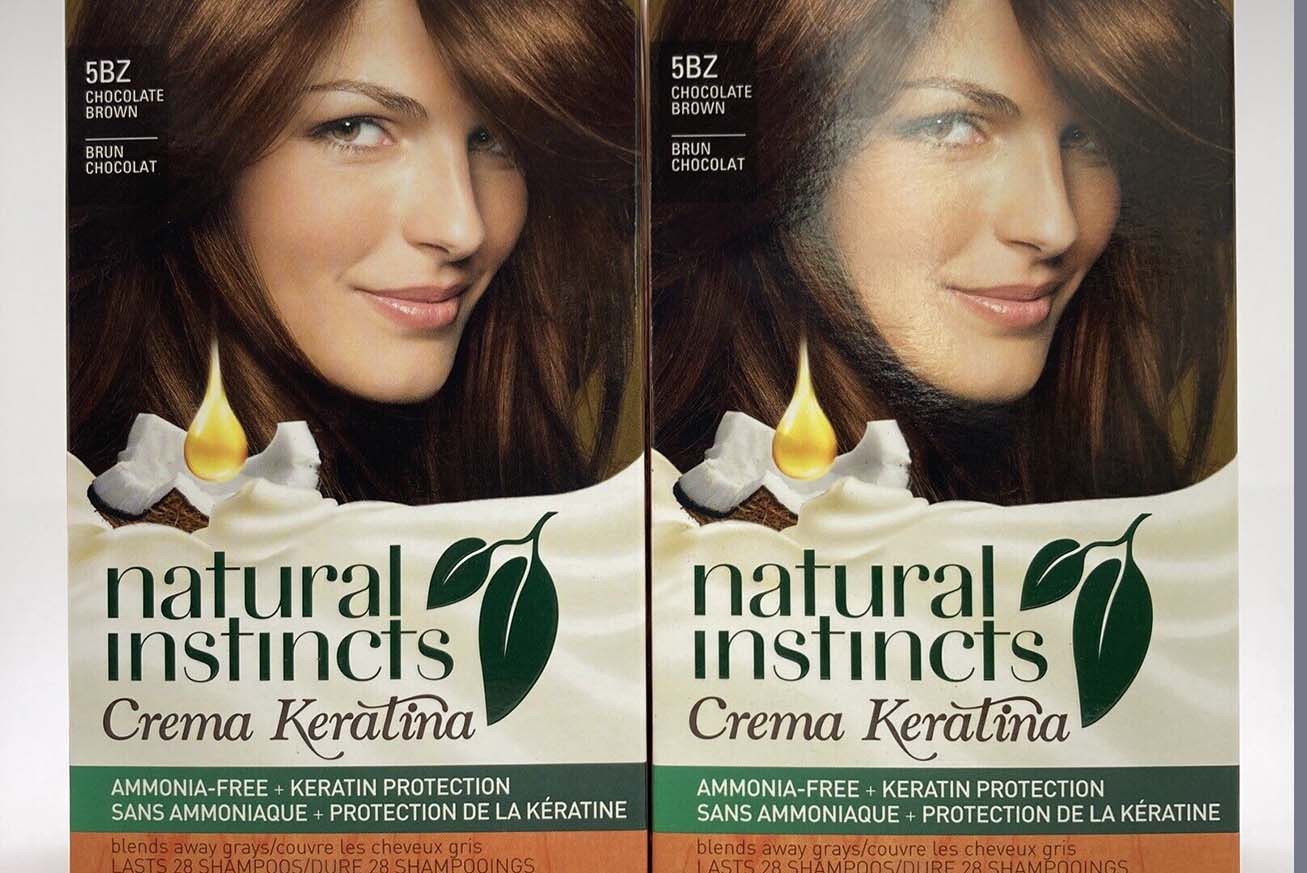Vegan hair dyes, sourced from plant-based ingredients, offer a multitude of advantages. They are gentle on the hair, lacking harsh chemicals like ammonia. This gentleness translates to a reduced risk of scalp irritation and hair damage. Embracing these dyes isn’t just about your hair; it’s about fostering a cruelty-free approach to beauty, steering clear of animal testing and deriving color from nature’s palette.
Types Of Vegan Hair Dyes:

- Henna Dyes:Henna, derived from Lawsonia inermis, imparts a rich, reddish-brown hue. Recommended Product: Jamila Henna Powder – Purchase on Amazon, a marketplace known for its diverse beauty offerings.
- Indigo Dyes:Indigofera tinctoria, or indigo, creates deep blue tones. Recommended Product: The Henna Guys Indigo Powder – Available on The Henna Guys, a specialized platform for natural hair dyes.
- Vegetable-Based Dyes:Extracts from beetroot, carrot, and chamomile offer a spectrum of colors. Recommended Product: Arctic Fox Vegan Semi-Permanent Hair Dye – Explore on Arctic Fox’s official website for a cruelty-free, vegan color palette.
Benefits Of Using Vegetable Hair Dyes:
- Gentle on Hair:Choose gentleness with vegan dyes like Light Mountain Natural Hair Color, found on their official site. Their ammonia-free formulations prioritize hair health.
- Environmentally Friendly:Adopt an eco-friendly stance with EcoColors Plant-Based Hair Color – an environmentally conscious brand available on their official website.
- Cruelty-Free:Embrace cruelty-free practices with Manic Panic, a renowned brand available on various platforms, including Amazon, for bold and vibrant shades.
Ingredients Used In Vegan Hair Dyes:
- Red Tones:Hibiscus, beetroot, and carrot are used for vibrant red hues.
- Brown Tones:Henna is a primary ingredient for brown shades, while walnut hulls and coffee grounds deepen the color.
- Black Tones:The combination of indigo and henna creates rich black shades, a signature of Rainbow Research Henna – explore on their website.
How To Use Vegan Hair Dyes:

- Preparation:Begin with clean, dry hair and apply a protective barrier like Viva Naturals Organic Coconut Oil – available on Amazon – to prevent staining.
- Mixing:Follow the instructions on your chosen vegan hair dye product. Many formulations, like Herbatint Permanent Haircolor Gel, available on Herbatint’s website, come in powder form and require mixing.
- Application:Use a brush or applicator for even distribution. Recommended Product: Arteza Paint Brushes – find them on Arteza’s website for precise application.
- Processing Time:Allow the dye to process for the recommended time. This may vary; follow guidelines provided by the product, such as EcoColors Hair Color.
- Rinsing:Gently rinse with cool water and use a sulfate-free shampoo. Live Clean Apple Cider Clarifying Shampoo – available on various platforms – is a great choice.
DIY Vegan Hair Dye Recipe:
Ingredients:
- 1 cup henna powder
- 1 cup chamomile tea (brewed and cooled)
- 1 tablespoon lemon juice
- 1 tablespoon coconut oil
Instructions:
- Mix henna with chamomile tea to form a paste.
- Add lemon juice and coconut oil, ensuring a smooth consistency.
- Let the mixture sit for a few hours to allow the dye to release.
- Apply following the general application steps.
How To Make Vegan Hair Dyes Last Longer?

- Cool Water Wash:Preserve color by washing your hair with cool water.
- Sulfate-Free Products:Opt for sulfate-free, color-safe products like SheaMoisture Purple Rice Water Strength + Color Care Shampoo, available on SheaMoisture’s official website.
- UV Protection:Shield your hair from UV rays with Sun Bum Revitalizing 3 In 1 Leave-In Hair Conditioner Spray – explore on their website.
Regular Hair Dyes Vs. Vegan Hair Dyes – The Risks:
- Chemical Exposure:Traditional dyes may contain harsh chemicals. Vegan alternatives like Logona Herbal Hair Color Cream – available on their official website – offer a chemical-free option.
- Allergies:Synthetic dyes can cause allergies. Vegan hair dyes, like Surya Brasil Henna Cream, are gentle and allergen-free.
- Environmental Impact:Conventional dyes may contribute to pollution. Opt for Radico Colour Me Organic – an organic and eco-friendly choice available on their website.
Cautionary Considerations:
While vegan hair dyes present numerous benefits, it’s crucial to note certain precautions. Conduct patch tests before applying any new dye to avoid potential allergic reactions. Ensure proper mixing and application techniques to achieve even coverage. Also, consider the transitioning process, especially if transitioning from conventional dyes to vegan alternatives. Consulting a professional stylist can provide invaluable guidance and expertise in navigating this shift.



